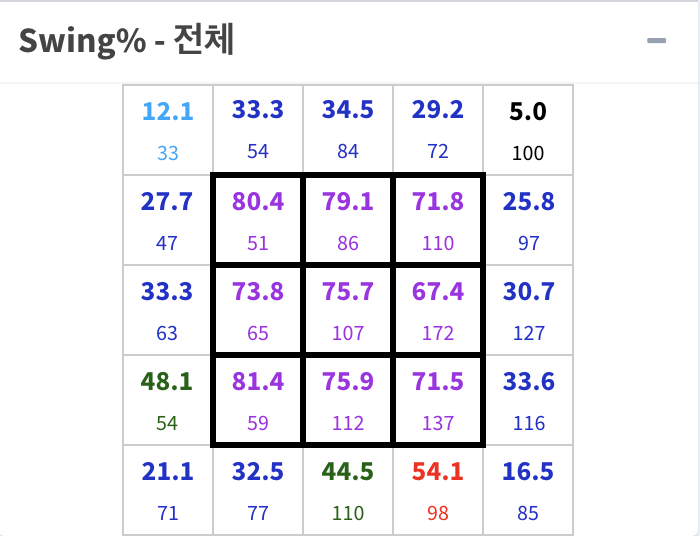Effectively Wild Episode 1705: Spit Takes

Ben Lindbergh and Meg Rowley banter about another prescient player prediction (this time involving the Phillies’ Luke Williams), Nick Madrigal’s hamstring injury, another aspect of the baseball scene in A Quiet Place Part II, and a few observations about the foreign-substance scandal, including teams’ culpability, how the perception of sticky stuff use may mirror the perception of the PED era, Pete Alonso’s conspiracy theory about MLB manipulating the baseball, and how the evolution of sticky stuff mirrors the evolution of the spitball. Then they answer listener emails about the underperforming Yankees offense, outs on the bases, and WAR for base coaches, whether MLB needs new names for positions, the “father-son” rule in Australian Rules Football, how vaccination status might affect player trade value, seven-inning-game gamesmanship, and John Gant and regression.
Audio intro: Pavement, "Spit on a Stranger"
Audio outro: The Rentals, "Conspiracy"
Link to FanGraphs newsletter
Link to story about the Williams walk-off
Link to James Fegan on Madrigal
Link to video about baseball movies
Link to Brittany Ghiroli on team/MLB culpability
Link to Devan Fink on spin and performance
Link to Ben on offense in the steroid era
Link to Alonso comments
Link to history of spitballs
Link to Pages from Baseball’s Past
Link to Cluster Luck leaderboard
Link to wOBA-xwOBA leaderboard
Link to 2021 team RISP splits
Link to B-Ref outs on the bases leaderboard
Link to Russell Carleton on third-base coaches
Link to Ben on positions and the shift
Link to cricket positions graphic
![]() iTunes Feed (Please rate and review us!)
iTunes Feed (Please rate and review us!)
![]() Sponsor Us on Patreon
Sponsor Us on Patreon
![]() Facebook Group
Facebook Group
![]() Effectively Wild Wiki
Effectively Wild Wiki
![]() Twitter Account
Twitter Account
![]() Get Our Merch!
Get Our Merch!
![]() Email Us: podcast@fangraphs.com
Email Us: podcast@fangraphs.com
Podcast (effectively-wild): Play in new window | Download
Subscribe: RSS

 Dan Szymborski
Dan Szymborski
